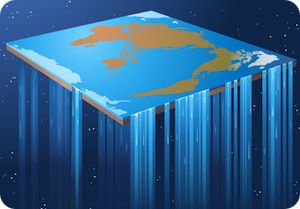 Have you ever played poker with someone in Tunisia or bridge with someone in Paris…at the same time? Bought calasparra rice for your paella direct from Valencia, Spain or learned an Italian Nonna’s secret recipe for bolognaise direct from the source? What about held a prolonged conversation with someone in Prague or participated in a protest from halfway around the world?
Have you ever played poker with someone in Tunisia or bridge with someone in Paris…at the same time? Bought calasparra rice for your paella direct from Valencia, Spain or learned an Italian Nonna’s secret recipe for bolognaise direct from the source? What about held a prolonged conversation with someone in Prague or participated in a protest from halfway around the world?
If you answered yes to any of these questions, or some variation of the same, then you are most likely heavily addicted to social media (i.e. facebook, twitter, pintrest, youtube, linkedin, …).
A groundbreaking book called “The World Is Flat: A Brief History of the Twenty-First Century” written by Thomas Friedman and published in April 2005 heralded the concept of “flatteners”. Mr. Friedman went on to highlight 10 key observations he saw as leveling the global playing field. The 10 items he cited included: The collapse the the Berlin Wall, Netscape, Workflow software, Uploading, Outsourcing, Offshoring, Supply-chaining, Insourcing, Informing, and “The Steroids”. In 488 pages he basically showed how the world has flattened and a new level global playing field emerged. What’s interesting to observe now some seven years later is how “round” the world still was for the average consumer back in 2005 and the “flatness” described was really the domain of mostly business to business and early technology visionaries.
Fast-forward to today and we discover more people socializing on Facebook than many countries have citizenship, dictatorships toppled by twitter and the long tail of ecommerce changing the shape of corporate profitability. Social media has even transcended the domain of just bored stay-at-home adults surfing the web, disaffected teenagers with smartphones or retirees looking to fill time into a primary communications and research vehicle for world-class marketers.
Thanks to social media the world is even flatter today than Mr. Friedman ever imagined.

Recent Comments